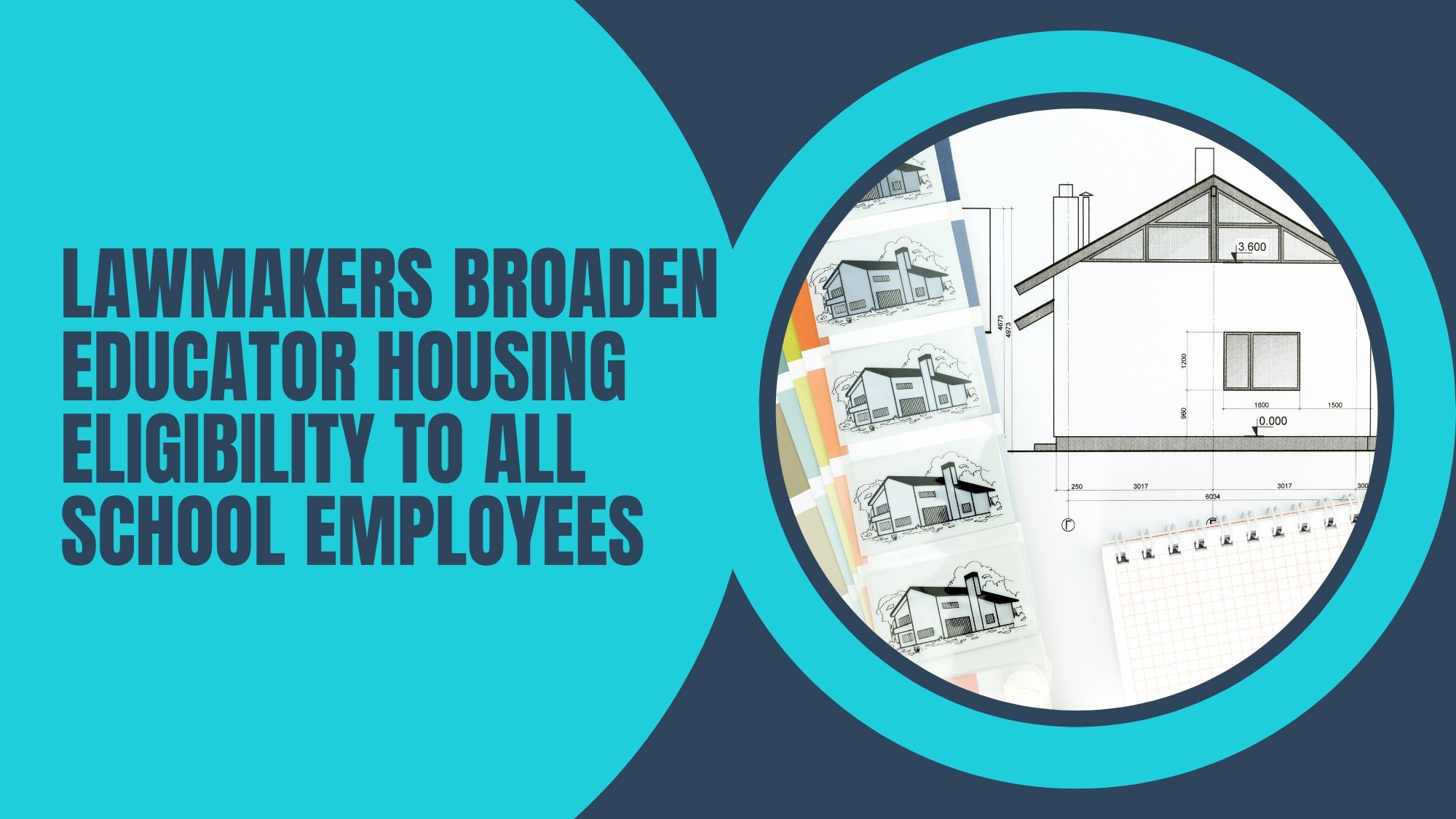They also advance a plan for Maui educator housing
Posted: March 24, 2023
Lawmakers this week broadened the eligibility for planned educator housing rentals, allowing public school employees besides teachers to take advantage of the units when they’re built.
A joint hearing of the state House Housing and Education Committees Tuesday passed amendments to Senate Bill 941, a proposal to develop school employee workforce housing at or close to certain Nānākuli, Waipahu, and Mililani schools on Oʻahu.
The committees approved $185 million in total to finance the teacher housing projects at or near three schools, with the dollar breakdown as follows:
- $65 million for Mililani High School
- $60 million for Waipahu High School
- $60 million for Nānākuli High & Intermediate School
State Rep. Troy Hashimoto (D, Paukūkalo, Wailuku, Wailuku Heights, Waikapū), chair of the House Housing Committee, said, “We’re going to just make sure that that funding is for teachers, educators and staff employed in the respective complex area and other associated individuals who qualify for workforce housing within a school campus or located within a two-mile radius of campus.”
Previously, the bill had limited the projects to those three campuses. Now the areas of housing development have been expanded to within two miles of those campuses. Eligible school employees could work in any of the complex areas that encompass those three schools.
Hawaiʻi State Teacher Association Lobbyist Laverne Moore told lawmakers, “We strongly support this. Our teachers truly need a place to live.”
Chad Keoni Farias, executive director of the School Facilities Authority, is charged with making the projects happen.
Farias told state representatives that his agency is “Looking at the areas of greatest need, where the (educator) vacancies are. Also considering traffic and where these teachers want to live. We are currently working with HSTA, developing a survey to ask members where they would like to live and what type of units: one-, two-, and three-bedroom.”
“We want to make sure we build these pilots in the right places, and we want to build the right type of unit,” Farias testified.
In written testimony supporting the proposal, HSTA President Osa Tui, Jr. said chronically underpaid educators will benefit from the housing, which would lessen school staffing shortages and improve instruction for the state’s public school students.
“To make ends meet, many teachers are forced to pick up second and third jobs, live in cramped studio apartments, and cut back on necessities like medical and dental care. Thus they cannot devote their full attention to their students and the preparation of lessons and grading that they usually complete after school once their students have left for the day. Instead, they are rushing off to their second or even third jobs when they would much rather concentrate on their teaching duties and their students,” Tui wrote.
Nānākuli-Waianae Interim Complex Area Superintendent Disa Hauge submitted written testimony that said, “both the high cost of living in Hawaii and the shortage of rental units contribute to a significant challenge with being able to fully staff and retain teachers in our public schools. This public-private initiative has the potential to significantly support the stabilization of our schools’ staff.”
“When teacher turnover is low, students benefit tremendously and the community can trust the consistency of the educational program. Resultant student achievement is enhanced and the social fabric of our community is strengthened,” Hauge added.
The proposal for rental housing at or near the three Oʻahu schools passed second reading in the state House Thursday with only one member voting against it, state Rep. Elijah Pierick (R, Royal Kunia, Village Park, Honouliuli, Hoʻopili, and part of Waipahu). The bill now goes to the House Finance Committee.
Educator housing plans advance for Maui’s two complex areas
The state House Education Committee this week also passed Senate Bill 1596, which establishes and appropriates an as-yet unspecified amount of money to create on- or near-campus housing for employees, including teachers, staff, and administrators of the complex areas around Lahainaluna and Kūlanihākoʻi high schools on the island of Maui. That means school employees on Maui in both the Hana-Lahainaluna-Lānaʻi-Moloka’i and the Baldwin-Kekaulike-Kūlanihākoʻi-Maui complex areas would be eligible to live in the rentals once they are built.
Lawmakers amended the proposal to say that the housing could be built on those two Maui campuses or within a two-mile radius of the schools. The Maui proposal will next be considered by the House Finance Committee, which is expected to add a specific dollar amount to the bill.
The Hawaiʻi State Department of Education currently has 51 affordable rental units that teachers at rural schools can live in, usually for limited periods of three to five years. The plans being discussed by lawmakers would greatly expand the rental program and bring it to more suburban and urban areas, beyond the rural areas such as Lānaʻi, Moloka’i, Hana, and Kohala which have teacher rental units in operation today.

